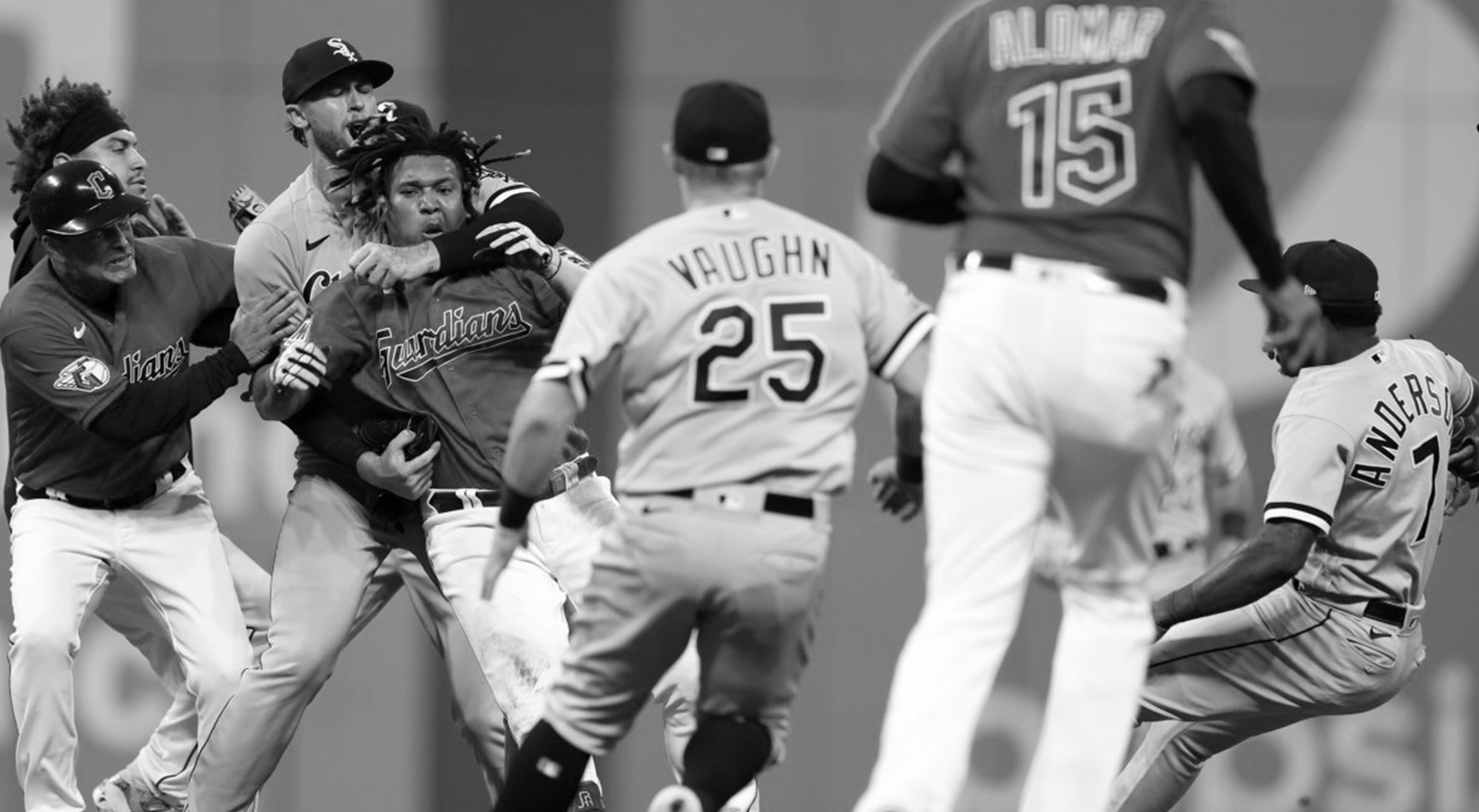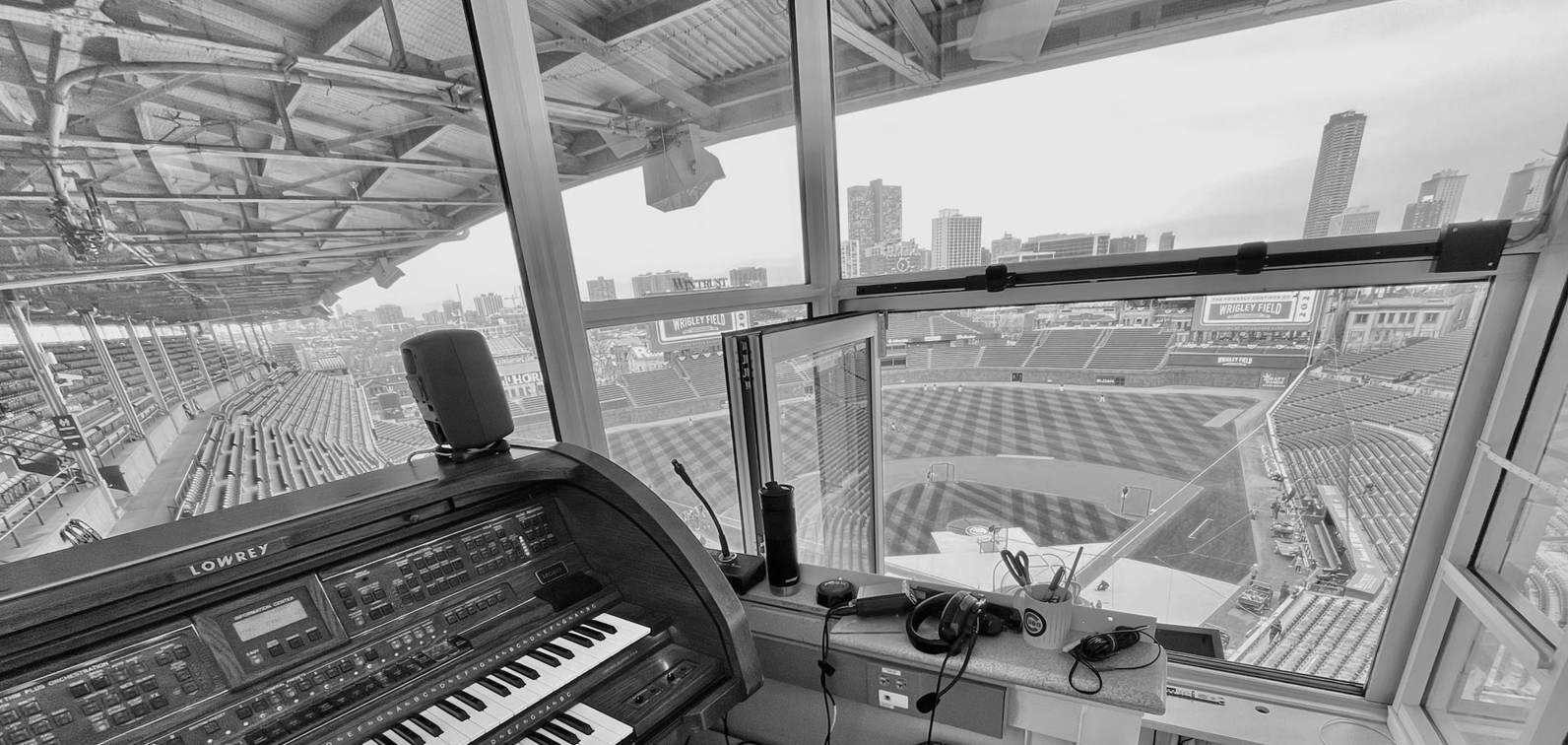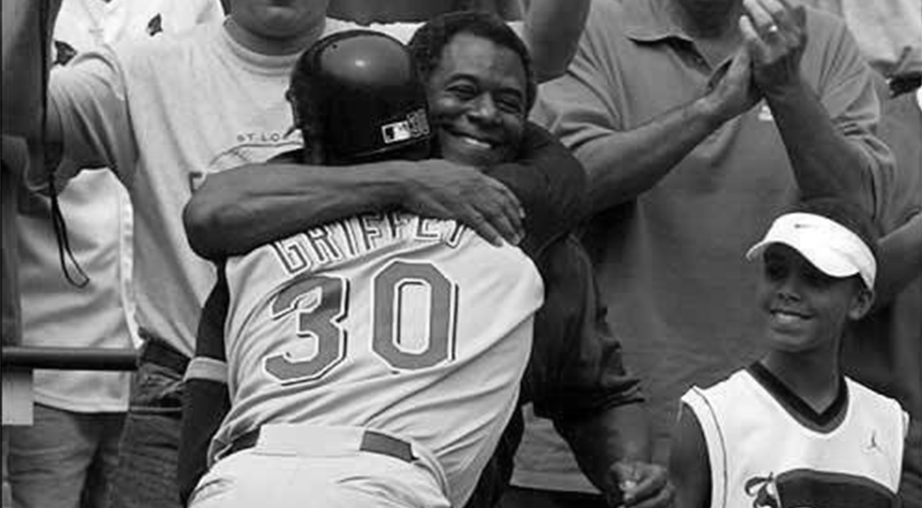Big Deal
This past week Adam Wainwright achieved 200 wins as a pitcher in the MLB. I watched Wainwright’s slow crawl to 200 wins this season from afar. Mostly I felt kind of sorry for the great St. Louis starter. Why were the Cardinals embarrassing him by keeping him in the rotation with four wins in 20 starts and an ERA of just under 8? I also thought, what is the “big deal” with 200 wins from Adam’s perspective? Is it worth damaging his reputation by achieving this mark? After doing some research and looking into it further, it is a Big Deal. Here’s why.
Wainwright may indeed be the last MLB pitcher to reach the 200-win mark. There are only four other active pitchers who have at least 200 wins – Justin Verlander (255), Zack Greinke (224), Max Scherzer (214), and Clayton Kershaw (209), all in the twilight of their careers. The Yankees’ Gerrit Cole is the closest active pitcher to the mark, but he has just 143 and he is 33 years old. Yes, Wainwright became the 99th pitcher in MLB history to achieve 200 wins, but will there indeed be a 100th? Most of the pitchers on the list played decades and decades ago.
Getting a “W” as a starting pitcher has really become difficult. Each team has an army of 95+ mph relievers in the bullpen ready to take the ball early in the game. By rule a starter has to complete five innings to get a win. Check the box scores – starting pitchers go less than 5 innings in more games than not. Batters are going deeper in the count, and it is a rare outing where a pitcher reaches 100 pitches. And frankly, a starting pitcher’s value is not determined nowadays by the number of games he wins. Just last year, the Braves’ Kyle Wright won 20 games. He came in 10th in the Cy Young voting!
Let’s take a look at the “win clubs”. It starts with the 500 club and its only member, Cy Young, with 511 career wins over 100 years ago (1890-1911). In addition to most wins ever, Young holds the record for most losses (315), innings pitched, games started, and complete games. Not just his 511 wins, but all of these records, will never be broken. After he passed away in late 1955, MLB began to honor the best pitcher in baseball with the ”Cy Young Award”. Subsequently, both the NL and AL bestow the award to the best pitcher in each league.
The 400-win club also has a sole member, Walter Johnson, the “Big Train”, who pitched for the Washington Senators from 1907 to 1927. His career record was 417-279 with an incredible 2.17 lifetime ERA. Johnson is synonymous with strikeouts, compiling 3,508 Ks, breaking Christie Mathewson’s mark of 2,507, and holding the career mark until 1983, when Nolan Ryan, Steve Carlton, and Gaylord Perry all passed the number. Walter Johnson was elected to the Hall of Fame in 1936 as one of the first five inaugural members.
The 300 club has more occupants, but only 24. Most of the group achieved the mark in the first 25 years of the last century, including Grover Cleveland Alexander. Between 1924 and 1982, only Lefty Grove, Warren Spahn, and Early Wynn became 300-game winners. Over the next eight years through 1990, six pitchers achieved the mark – Gaylord Perry, Phil Niekro, Steve Carlton, Nolan Ryan, Don Sutton, and Tom Seaver. Some view the expansion from a 154-game schedule to 162, as well as the large increase of the number of MLB teams, to be reasons for the sudden surge.
I was surprised to find that the greatest Cardinals pitcher of all time, Bob Gibson, to be absent from the 300 club. Gibby was 251-174 in his seventeen-year career with a 2.91 ERA and 3,117 strikeouts. In the 1960s when I first became fascinated with Major League baseball, Gibson and Sandy Koufax were the focus of my and baseball’s attention, garnering five NL Cy Young awards. While I recall the Koufax shoulder injury shortening his career, I didn’t realize that after Gibson pitched a no-hitter in 1971, he struggled with knee pain for the last 4 years of his career. Gibson stands atop my list of the 200 club.
Entering the 200 club earlier this year was another great Dodger hurler, Clayton Kershaw. In his sixteen-year career to date, Kershaw has won the NL Cy Young three times, been named the NL Most Valuable Player in 2014, and was crowned a World Champion in 2020. Among his standout numbers is a career 2.48 ERA and two remarkable records based on nine innings pitched – 1.00 walks and 6.82 hits allowed. Injuries have slowed him in the past years, but check out his 2023 statistics, a 13-4 record and a 2.42 ERA!
In the 2006 NLCS Adam Wainwright became a household name when he threw a wicked curveball to strike out slugger Carlos Beltran to win the series for St. Louis. The Cardinals would go on to win the 2006 World Series, the first of Adam’s two World Championships (the other in 2011). It was a storybook opening to his career, bested only by a storybook ending. Out of nowhere last week Wainwright threw seven Innings of four hit, scoreless baseball, against Milwaukee in a 1-0 win. Brewers outfielder Mark Canha described it in apt fashion: “Man, this dude’s a movie tonight.” It was #200 and indeed a Big Deal.
Until next Monday,
your Baseball Bench Coach


































